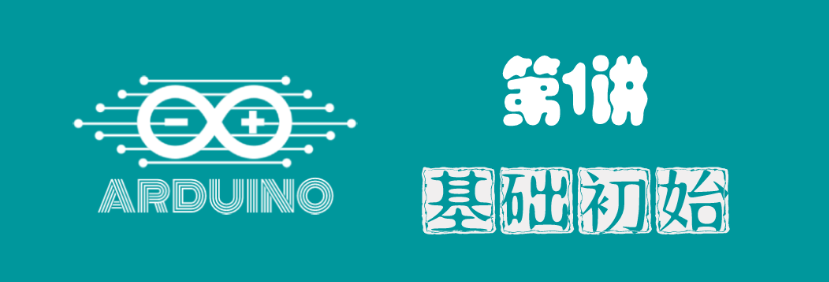 01Introduction to Arduino
01Introduction to Arduino
Arduino is an open-source prototyping platform based on easy-to-use hardware and software. It consists of a programmable circuit board (commonly referred to as a microcontroller) and a ready-to-use software called the Arduino IDE (Integrated Development Environment) for writing and uploading computer code to the development (physical) board.Arduino provides a standard form factor that packages the functionality of microcontrollers into more user-friendly software packages.
02Target Audience
Children with no prior experience who enjoy self-study and have learned graphical programming.
03Main Features
1. The mainboard can read analog or digital input signals from various sensors and convert them into output;
2. Functionality is achieved by connecting the mainboard via USB and sending commands to the microcontroller on the board using software;
3. Modular components make it more intuitive and convenient to assemble physical circuits;
04Programming Software
1. Beginners can use graphical tools (Mixly);
2. Those with some background can use the Arduino IDE;
05Required Tools
1. Any version of the Arduino development board;
2. Basic components (LEDs, switches, resistors, motors, potentiometers, etc.);
3. Dupont wires (various connectors);
4. USB data cable (according to the type supported by the development board);

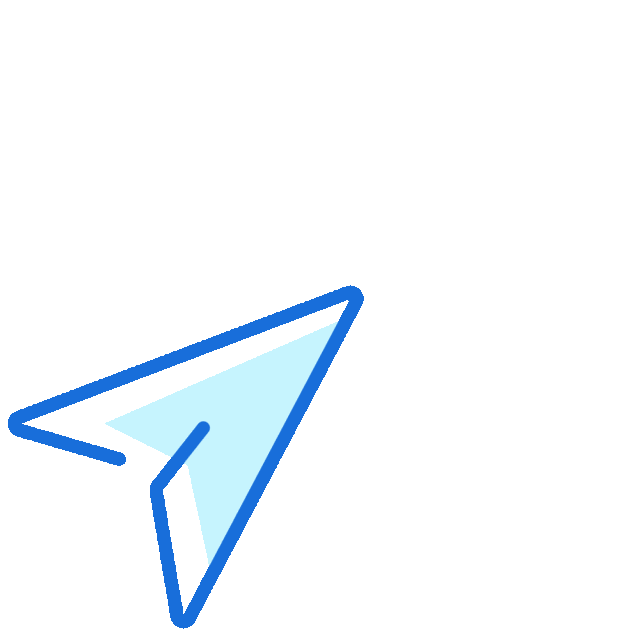 Share
Share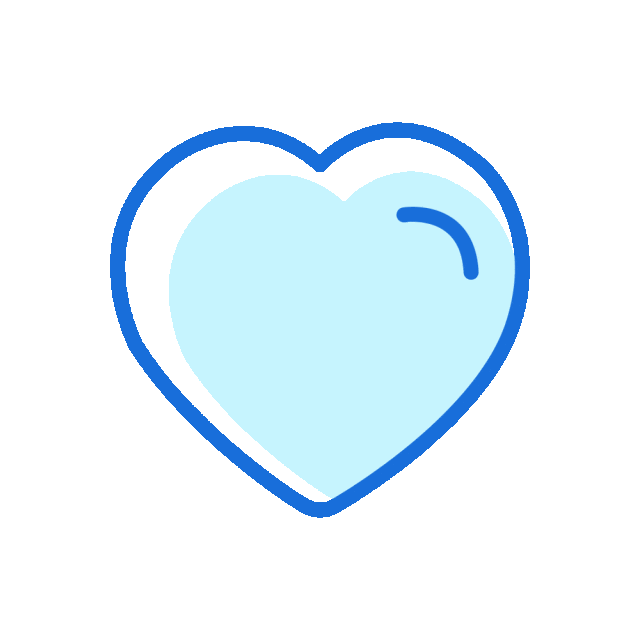 Save
Save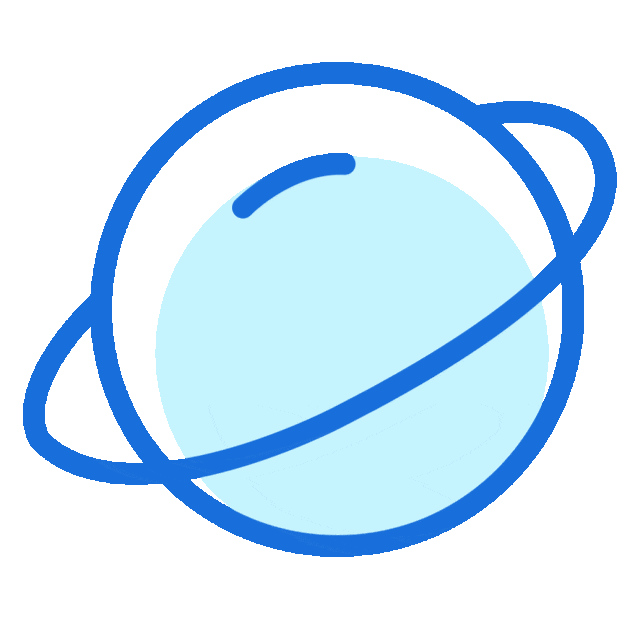 View
View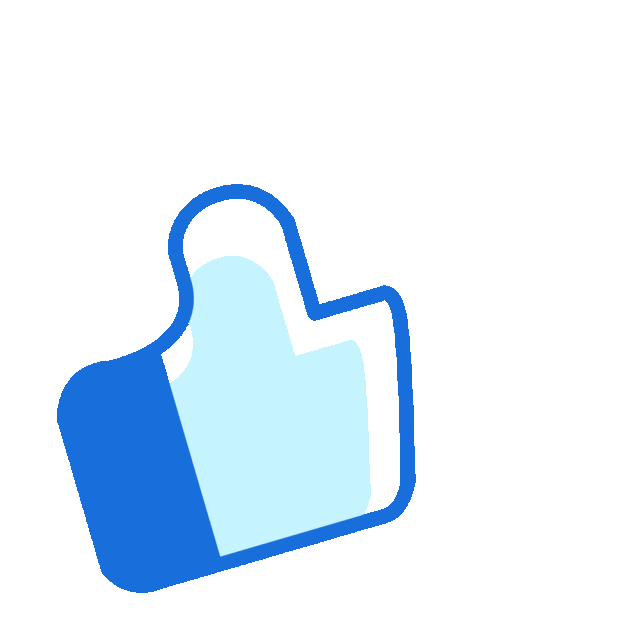 Like
Like